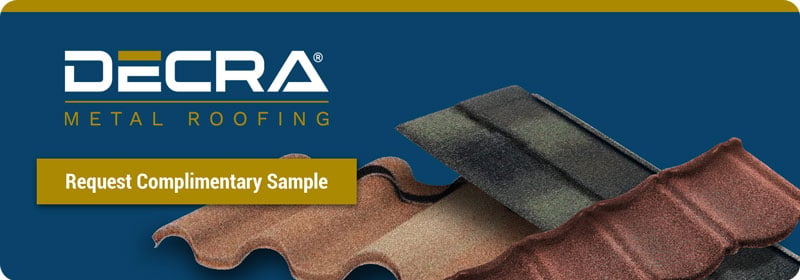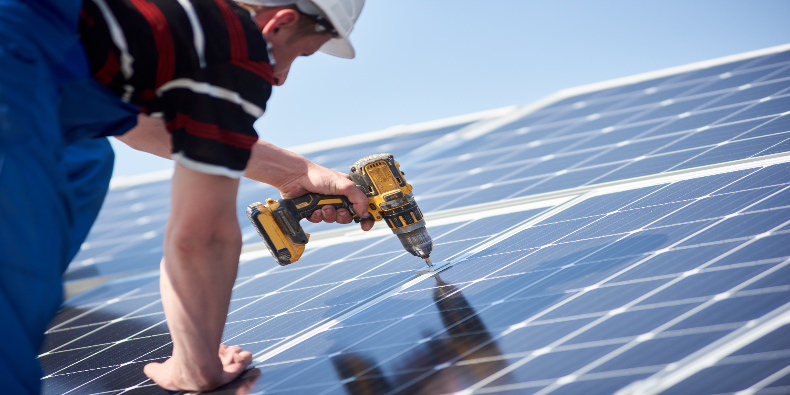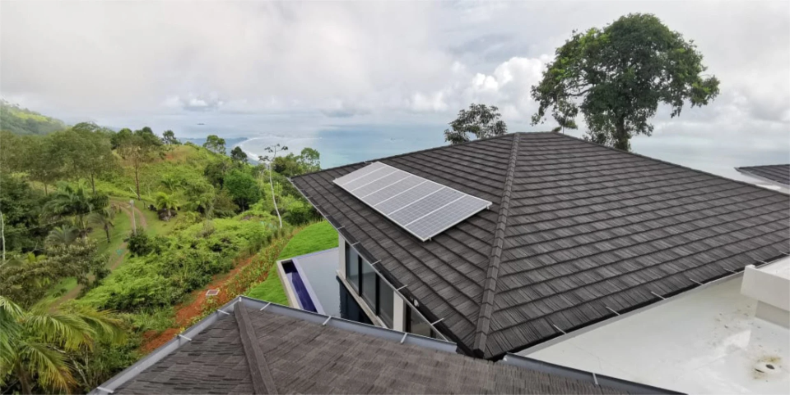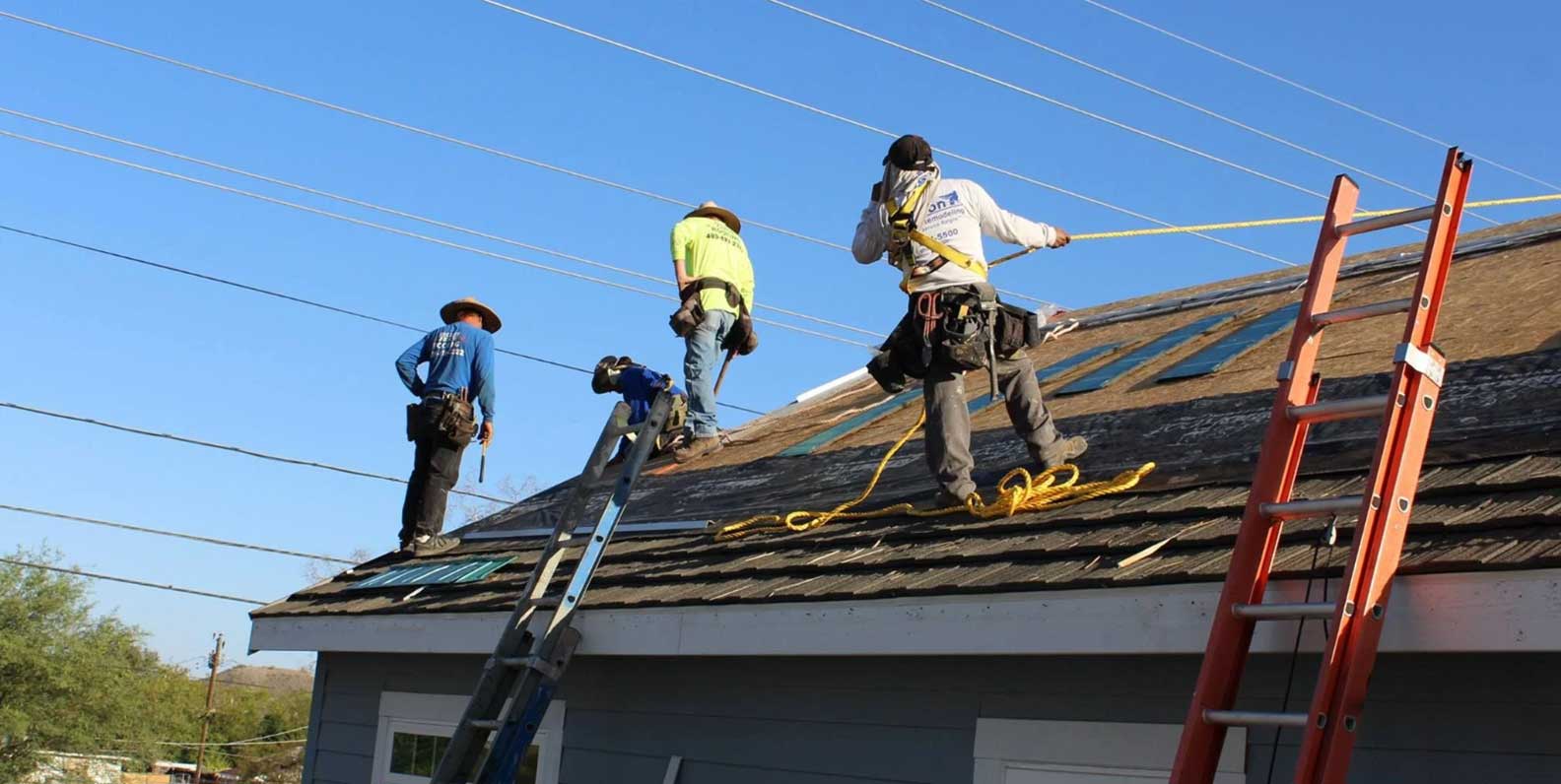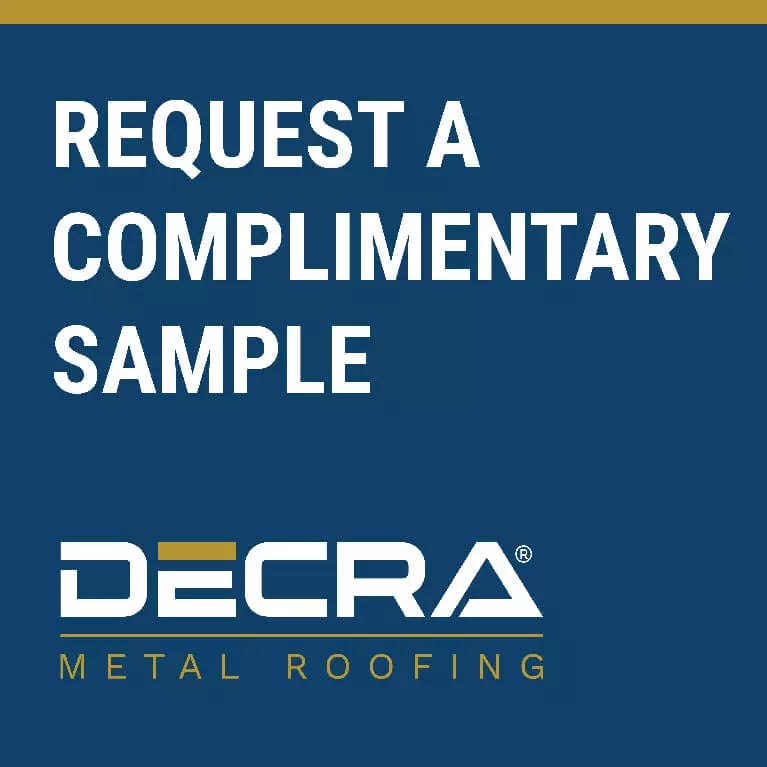Are you a Texas homeowner? If so, you may be wondering about the best roofing material for your property, especially given the severe weather conditions the Lone Star State frequently encounters.
This blog explores the key factors to consider when selecting a roof and highlights why DECRA stands out as a top choice for Texas homeowners, including:
When it comes to selecting a new roof, you’ll see why DECRA is such a popular choice, as these benefits give homeowners peace of mind all year round.
Highest Hail Rating Possible
Every year, American homeowners endure more than $1.5 billion dollars in hail damage to their roofs. In early 2024, Texas led the nation in severe weather events, with 706 hailstorms.- Material Thickness: Impact resistance and shear strength.
- Aluminum-Zinc Alloy Thickness: Strength, bending, and anti-corrosion.
- Coating Quality: Quality for exterior exposure and weather durability.
- Coating Thickness: Adequate protective thickness for weather durability and thermal performance.
- Hardness: Class 4 Hail Impact resistance.
- Humidity Resistance: Tests for water damage resistance to detect deficiencies in coatings.
- Salt Spray Resistance: Resist metal corrosion in the harshest environment.
Impact resistance is just one of the many reasons why DECRA Metal Roofing is the ideal roofing material for homeowners in states like Texas where hail storms are common.
Warrantied for 120 MPH Winds
Texas, with its vast land mass and position along the Gulf of Mexico, experiences more than its fair share of hurricanes and tornadoes. This makes Texas homes susceptible to wind uplift and wind-driven rain. Let us explain.
Wind Uplift
Wind uplift can occur when there is a difference in air pressure between a roof’s surface (negative pressure) and the area of the home below it (positive pressure). This condition arises frequently during hurricanes. The push-pull force that results can lift roofing materials right off the decking beneath it, leaving the house susceptible to further damage. This includes damage to the roof underlayment and decking, as well as potential harm to the home’s interior.
Certain parts of the roof are particularly vulnerable including:
- Perimeter overhangs
- Windward corners
- Eaves
- Rakes
- Ridges
How do traditional roofing materials fare in high wind conditions? Asphalt is prone to splitting, cupping, warping, delaminating, and loosening around the fasteners, which increases its risk of uplift. Similarly, wood shakes can split more easily as they age, and tile can be fragile, making them both vulnerable to uplift.
DECRA uses a unique interlocking system to secure its panels in place with corrosion-resistant screws to prevent uplift. This resistance gives DECRA one of the highest wind uplift ratings on the market. Plus, DECRA’s products have been rigorously tested to comply with high-velocity hurricane zone requirements, including Miami-Dade, Florida, which is known for severe winds.
DECRA’s roofing products are also backed by a warranty for winds up to 120 miles per hour and are tested at twice that velocity. For a state that averages 137 tornadoes per year, having this protection is essential for safeguarding your Texas home and ensuring peace of mind during severe weather events.
Wind-Driven Rain
Traditional roofing materials that are prone to wind uplift also leave the roof deck vulnerable to wind-driven rain, or rain that is propelled by strong winds, causing it to hit surfaces at an angle rather than straight down. Wind-driven rain can find its way into even the smallest openings. This force adds stress to the underlying structure of the roof, causing asphalt shingles and wood shakes to cup, crack and curl.
With DECRA, the roofing panels are securely fastened in place to ensure that wind-driven rain can’t penetrate the underlying deck. DECRA has even performed extensive wind-driven rain testing at speeds up to 110 miles per hour to protect its roofing profiles against water penetration under the most extreme wind conditions.
Texas homeowners can take comfort in knowing their roof is better equipped to handle wind and rain from tornadoes, hurricanes and more.
Highest Fire Rating Possible
Eighty-five percent of wildfires in Texas occur within two miles of a community, and the state has dozens of active fires every year. In 2022, the state surpassed California in the number of acres burned. In 2024, nearly half the state was considered at high or very high risk for fire danger.
This means that Texans should look for a roofing material with a Class A fire rating, the highest rating given by Underwriters Laboratories (UL 790 Standard Test Methods for Fire Tests of Roof Coverings). To meet this standard, roofing materials must fulfill two key requirements when exposed to fire sources originating outside the structure itself:
- They must prevent flames from penetrating to the underlying deck and attic space without generating flying embers.
- They must remain securely in place on the roof while providing the necessary protection.
Not all roofing materials meet the Class A rating. However, DECRA Metal Roofing products carry the highest Class A fire rating. This is another reason Texas homeowners choose DECRA.
Other Reasons Homeowners Choose DECRA
Beyond the reasons listed above, Texas homeowners choose DECRA Metal Roofing for the additional long-term value it provides, which can lead to significant savings over time.
- Longevity: Metal roofs have a lifespan that is two to three times longer than traditional roofing materials like asphalt shingles, clay tiles or wood shakes. Texas homeowners won’t have to worry about a roof repair or replacement because they have a newly installed roof that lasts significantly longer than other materials on the market.
- Energy Efficiency: Metal roofs can reduce cooling costs by up to 25%. They reflect heat from the sun unlike asphalt shingles that absorb the energy and transmit heat into the home. Poor solar reflectivity coupled with low emissivity make asphalt one of the worst choices for energy-efficient roofing. With metal, Texas homeowners can look forward to additional savings over the lifetime of the home by reducing energy costs.
- Insurance Discounts: DECRA roofs can qualify for insurance discounts in many states. Make sure to check your local insurance carrier for available discounts.
- Return on Investment: A metal roof can increase a home’s value up to 6%, but homeowners can recoup up to 85.9% of the initial cost.
But durability, longevity, and efficiency aren't the only selling points for metal roofing. Stone-coated metal roofing products, like DECRA Metal Roofing, can achieve the same aesthetics as traditional roofing materials. This is a big pull for Texas homeowners who aren’t willing to sacrifice on strength or style.
Protect Your Texas Home With a DECRA Metal Roof
As the original stone-coated metal roofing manufacturer, DECRA Metal Roofing products have withstood the test of time since 1957. Manufactured at our facility in Corona, California, all of our products are backed by a warranty for winds up to 120 mph and hail penetration up to 2.5” in diameter, making them a great choice for Texas homeowners.
Want to see for yourself? Request a complimentary sample from us.
Editor’s Note: This blog was originally published in June, 2021 but has been updated with relevant information.


